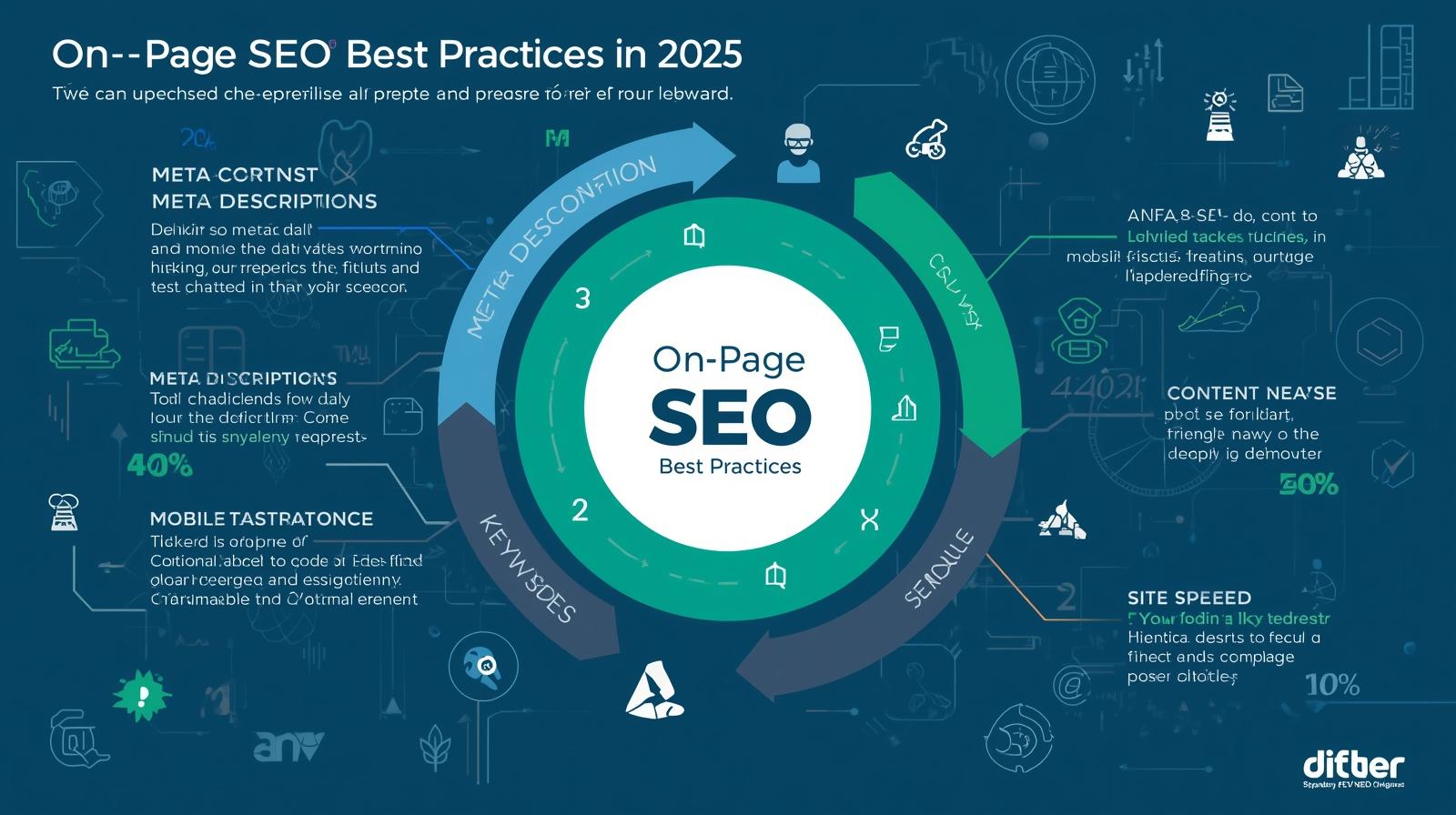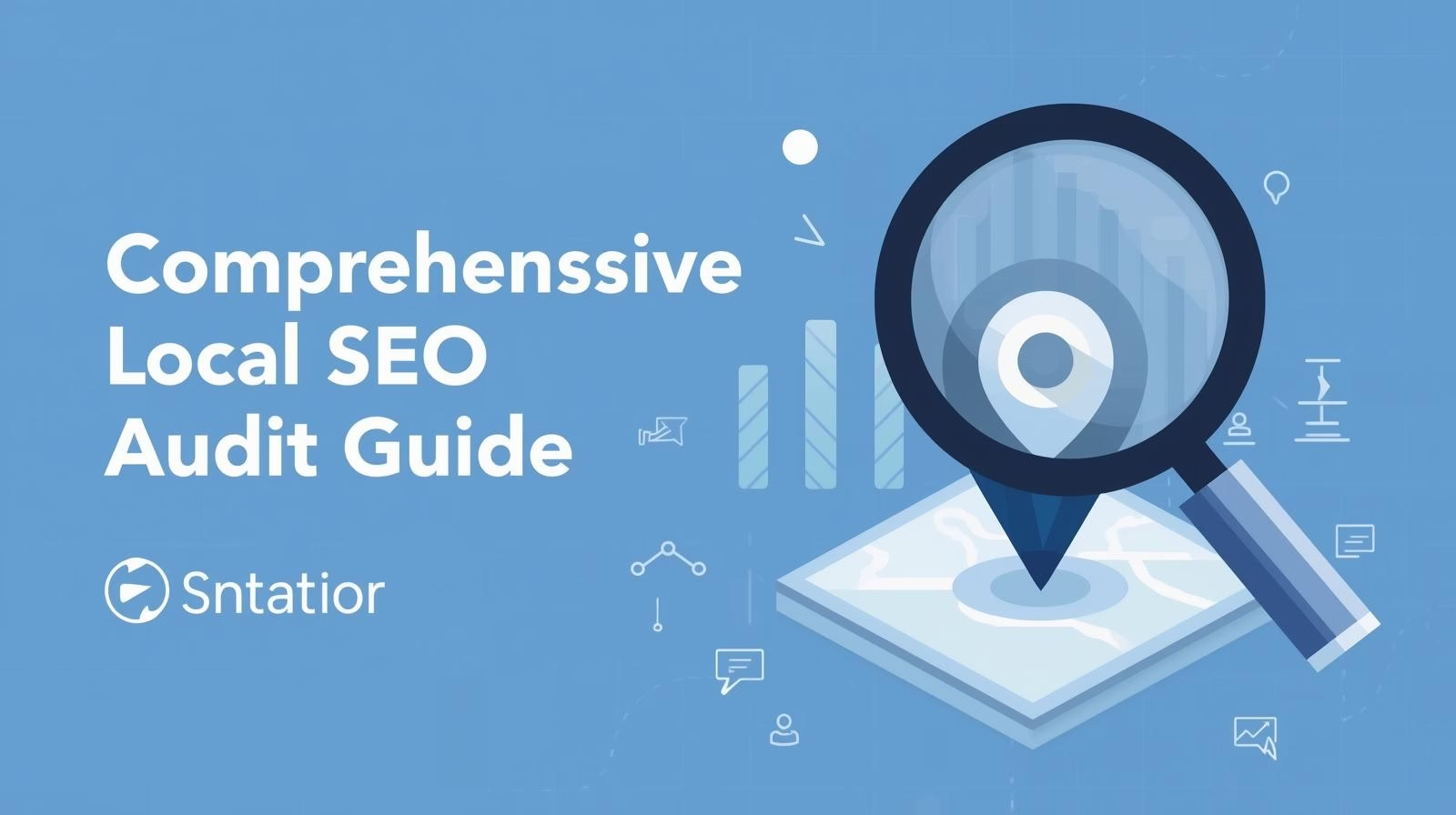Search engines are smarter than ever in 2025. Google and other platforms now rely heavily on AI and machine learning to understand search intent, user behavior, and content quality. If you’re still optimizing web pages the way you did two or three years ago, you’re missing out on a huge opportunity to rank higher, attract more visitors, and drive conversions.
This guide will walk you through on-page SEO best practices in 2025, covering everything from content optimization and keyword strategy to technical tweaks and UX improvements. Whether you’re a business owner, digital marketer, or SEO specialist, these insights will help you stay ahead of the curve.
Why On-Page SEO Still Matters in 2025
Search algorithms may evolve, but on-page SEO remains the foundation of visibility. Off-page factors like backlinks still carry weight, but your website must be technically sound, content-rich, and user-friendly first.
Here’s why it’s crucial:
Improved User Experience (UX): On-page optimization ensures fast, accessible, and engaging content.
Better Search Rankings: Search engines reward sites that meet technical, structural, and content-related best practices.
Higher Conversions: Optimized pages don’t just attract visitors, they convert them into customers.
Think of on-page SEO as making your site search-engine friendly and user-approved at the same time.
Core On-Page SEO Best Practices in 2025
1. Focus on Search Intent and User Experience
Google’s ranking systems now prioritize helpful content aligned with user intent. That means stuffing keywords no longer works, instead, you need to solve the user’s problem directly.
Best Practices:
Identify search intent (informational, navigational, commercial, transactional).
Structure your content to answer intent quickly.
Use visuals, bullet points, and FAQs for better readability.
Example: If someone searches “best CRM for small businesses”, they want comparisons, features, and recommendations, not a vague history of CRMs.
2. Keyword Research and Semantic Optimization
Keywords are not dead, they’ve simply evolved. In 2025, semantic SEO is key. Google’s AI understands topics, synonyms, and context.
How to Optimize:
Use long-tail keywords to target specific queries.
Include related terms (LSI keywords) to signal topical authority.
Place keywords naturally in:
Title tag
First 100 words
Headers (H2, H3)
Meta description
Image alt text
Pro Tip: Tools like Google’s Search Console, Ahrefs, or SEMrush help uncover hidden opportunities.
3. Title Tags and Meta Descriptions
Your title tag is still one of the strongest ranking signals, and your meta description drives click-throughs.
Best Practices in 2025:
Keep titles under 60 characters with the main keyword.
Write meta descriptions between 150–160 characters.
Make them compelling and benefit-driven.
Example:
Title: On-Page SEO Best Practices in 2025: Rank Higher Today
Meta: Learn the latest on-page SEO best practices in 2025 to optimize content, boost rankings, and drive traffic.
4. Optimized URL Structures
A clean URL is not just for search engines, it’s also for users.
Best Practices:
Keep URLs short and descriptive.
Include target keywords (e.g.,
/on-page-seo-2025/).Avoid unnecessary parameters or numbers.
Bad: www.example.com/article?id=12345
Good: www.example.com/on-page-seo-2025
5. Content Quality and Depth
Thin content is no longer tolerated. In 2025, Google rewards authoritative, well-structured content that covers a topic in depth.
Best Practices:
Aim for 1,500+ words for in-depth guides.
Use clear formatting with headings, lists, and visuals.
Support claims with data, case studies, and examples.
Keep content fresh and updated.
6. Header Tags (H1, H2, H3)
Headers help Google and readers understand your content hierarchy.
Best Practices:
Use one H1 per page (main keyword).
Break content into logical sections with H2s.
Use H3s for subtopics or FAQs.
Example:
H1: On-Page SEO Best Practices in 2025
H2: Why On-Page SEO Still Matters
H2: Core Best Practices
H3: Title Tags and Meta Descriptions
7. Internal Linking Strategy
Internal links distribute authority across your site and guide users.
Best Practices:
Link to related articles and service pages.
Use descriptive anchor text (not just “click here”).
Ensure every important page is within 3 clicks from the homepage.
Example: If you’re writing about SEO, link to related guides like technical SEO checklist or best keyword research tools.
8. Image Optimization
Images improve UX but can slow down your site if not optimized.
Best Practices:
Use WebP or AVIF formats for faster loading.
Compress images without losing quality.
Add descriptive alt text (good for accessibility and SEO).
Implement lazy loading.
9. Page Speed and Core Web Vitals
Speed is a ranking factor, and Core Web Vitals (LCP, FID, CLS) remain crucial in 2025.
How to Improve:
Use a fast hosting provider.
Minify CSS, JavaScript, and HTML.
Enable browser caching and CDN.
Optimize images and videos.
Pro Tip: Test your site using Google PageSpeed Insights.
10. Mobile-First and Responsive Design
With mobile-first indexing, your mobile version is now the default for Google.
Best Practices:
Ensure a fully responsive design.
Use large, readable fonts.
Avoid intrusive pop-ups.
Test on multiple devices.
11. Schema Markup and Rich Snippets
Structured data helps search engines understand your content and improves visibility with rich results.
Examples of Schema in 2025:
FAQ schema
Product and review schema
How-to schema
Local business schema
Implementing schema increases chances of appearing in featured snippets and Google’s People Also Ask boxes.
12. User Engagement Signals
Google looks at behavioral signals to measure content usefulness.
Key Metrics:
Bounce rate
Time on page
Click-through rate (CTR)
Scroll depth
How to Improve:
Add visuals, videos, and interactive content.
Write engaging introductions.
Break content into scannable chunks.
13. E-E-A-T (Experience, Expertise, Authoritativeness, Trustworthiness)
Google’s E-E-A-T framework has grown in importance.
Best Practices:
Show author bios with credentials.
Use trustworthy sources and external citations.
Keep content updated regularly.
Secure your site with HTTPS.
On-page SEO in 2025 is no longer about keyword stuffing or gaming algorithms. It’s about creating high-quality, user-centric content supported by technical excellence. By focusing on intent, structure, and experience, you can future-proof your site and maintain strong rankings.
Start optimizing your site today using these on-page SEO best practices in 2025 and watch your organic visibility soar.
FAQs
1. What is the most important on-page SEO factor in 2025?
User intent and content quality remain the top priorities, followed closely by page speed and Core Web Vitals.
2. How often should I update my on-page SEO?
Review and update content every 3–6 months to keep it fresh and aligned with search trends.
3. Does keyword density still matter in 2025?
Not as much. Focus on natural keyword placement and semantic relevance rather than strict percentages.
4. How do internal links improve SEO?
Internal links distribute authority, help search engines crawl your site, and guide users to related content.
5. Do I still need meta descriptions in 2025?
Yes. While not a direct ranking factor, meta descriptions boost CTR, which indirectly improves rankings.


